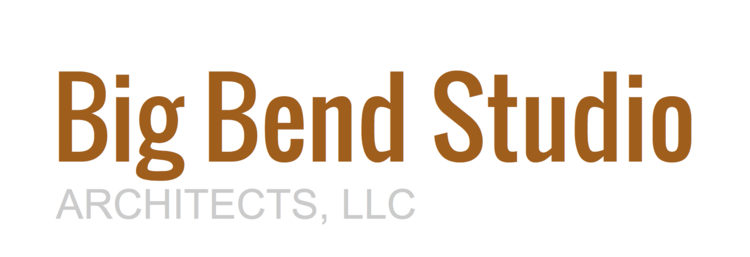We are pleased to announce that the Sage School (Foxborough, Massachusetts) has approved BBSA’s master plan for the campus. Conceived with the input of the school community, including two committees of administrators, teachers, parents, students, and outside advisors, the master plan provides the school with a road map to prioritize projects over the next fifteen years. Among the projects it will consider is a new maker space, the GIFTED Lab, which will aim to provide an experiential learning platform for students in kindergarten through grade eight, as one component of the school's STEAM initiative. BBSA's collaborators on the project were Hedlund Design Group, BR+A, and Building FIre & Access. According to Head of School, Marie Leary, "Big Bend Studio Architects shared The Sage School's vision right from the start! Jim Moses and his team of talented architects understood what our project had to accomplish and what it had to inspire. They are careful listeners who connect with a school community and its leadership to create a beautiful and yet still budget-minded plan that reflects our mission. Big Bend's was the best 'first step' our school made in helping us create a next-generation school facility for our gifted learners."
BBSA commissioned to design Melrose home addition and renovation
BBSA has been commissioned to design an addition and renovation to an early 1940s Cape style house, owned by a young family of four and their large and friendly dog, in a leafy neighborhood in Melrose, an inner suburb of Boston. The addition will contain a rumpus room, gym, kitchen and living room extensions, and a master suite, as well as a front porch and rear patio.
Scholars at a Lecture, William Hogarth, 1736
Boston Architectural College 2018
Jim Moses and Adam Mitchell are teaching a History and Theory seminar, titled The Architect’s Text, at the Boston Architectural College this Fall. Mitchell and Moses, who are classmates from the University of Texas School of Architecture, are in their twenty-first year at the BAC. Below is the course description for this semester’s offering:
Writing about music is like dancing about architecture. (Elvis Costello, or Martin Mull)
The book will kill the edifice. (Victor Hugo, The Hunchback of Notre Dame)
Will the computer kill the book as Hugo believed print would kill architecture? While it is probably too soon to know, our use of emojis could be cause for concern. The relationship between the word and the building is fraught as anyone who has tried to read Peter Eisenman or John Ruskin will surely know. Good writing, like good design, needs little explanation, and for this reason is essential to architects if we want to tell our own stories. But why should this matter, why should we as architects want to tell our own stories? Why should writing matter to us, as architects?
One way to answer this is to say that If we believed it did not, this course would not exist. But why does it, given that architectural production is so enmeshed with material culture? For Hugo, the cathedral was the essential artifact that described a complete culture signifying shared values, traditions and political and religious life to an illiterate citizenry. Today’s analog might be the football stadium with its hall of fame, pro-shop and vast parking lot for the pre-game tailgate. Hugo was likely premature in predicting the irrelevance of the edifice as a communicative medium; likewise surely the text message will not kill the book. Perhaps the most basic reason that writing remains essential is that, even for the architect, it can be an effective mode of communication. It can serve as an efficient way to construct an argument as a means of convincing an audience. At the same time, it is an important tool for explaining ideas - first to oneself and then to a broader constituency. Writing and thinking are intertwined activities in much the same way that drawing and thinking are. Indeed, one need only consider the cave paintings of Lascaux, Egyptian hieroglyphics, or Chinese calligraphy to understand how closely related drawing and writing are. Far from being a mere instrument of documentation, writing IS thinking.
The type of writing we will consider is not architectural historiography, theory, or criticism (or hagiography, for that matter). These are disciplines that are in many ways detached from the real work of the architect and are often, in fact, enacted by non-practitioners. This is not to say that they are not useful, even essential, modes. In this course, though, we will explore mainly the writing of architects, that, unlike marketing propaganda, represents exploration and explication of architectural ideas and, where possible, its translation into the stuff of the world. Intentionality is the quality that our selections share. That is, the texts themselves are designed, relating verbal and graphic content in particular and mutually enhancing ways. These are not all manifestoes, although some are. Few make grand claims. Instead they are more modest pieces, at times poetic, that speak to specific themes or motifs that the architect may be exploring in his or her own work, or that of others.
The primary, if not sole, work of the course is the architect’s text, where the student is the architect. A variety of approaches will be possible, but the goal is to prepare a thoughtful, coherent, and engaging piece of writing. The process will be iterative, with multiple drafts and mock-ups. The end result, we hope, will be beautiful and significant, an artifact in its own right.



